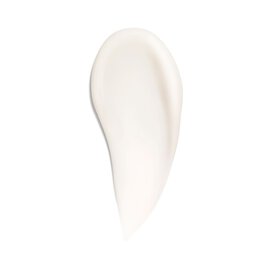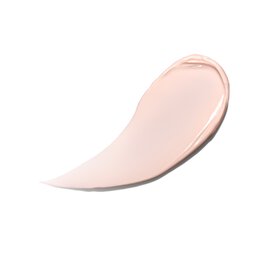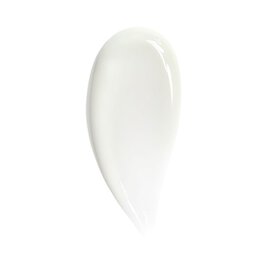SUNSCREEN BEFORE OR AFTER MOISTURIZING
With summer in the air, it’s time to ask: should you apply sunscreen before or after moisturizer? Moisturizing and protecting your skin from sun damage is essential to keep it healthy, however, it’s not always clear how to layer sunscreen and moisturizer in your skincare routine.
Keep reading to learn the optimal sunscreen skincare routine and how to protect your skin effectively for the summer ahead.
July 6th 2020
From BIOTHERM
Why is it important to know when to apply sunscreen?
To figure out sunscreen application steps, it helps to understand that sunscreen itself can act as a shield and prevent other products from penetrating the skin. That means you should always apply your moisturizer before sunscreen so that it can penetrate your skin’s layers and work its magic.
First step: moisturize
Start your routine with a hydrating face cream. When you use a moisturizer first, your skin is better prepared for SPF, allowing better absorption and protection from the sun.
Applying moisturizer after sunscreen can reduce the effectiveness of both products. The moisturizer’s active ingredients will be blocked from penetrating the skin. Also, you may dilute the effectiveness of the sunscreen’s protection qualities if it’s buried underneath another product. That’s why the ideal layering is moisturizer first, then sunscreen.
What type of moisturizer should I use?
A good solution is to use an ultra-light, fast-absorbing moisturizer to feel comfortable especially during the summer months. The Aquasource Cica Nutri Cream is the perfect lightweight choice, formulated with Biotech Plankton™ and Centella Asiatica and to hydrate the skin without clogging pores.
This makes it the best moisturizer before sunscreen, prepping your skin for the next step.
You can also apply a two-in-one moisturizer and SPF to speed up your morning skincare routine. Our Blue Peptides Uplift Cream SPF 30 both hydrates and provides high sun protection, making it the perfect option for quick summer skincare.
Second step: Apply sunscreen
Once your skin is moisturized and you’ve waited for the product to fully absorb into the skin, it’s time to apply your sunscreen.
What type of sunscreen should I apply after moisturizing?
Firstly, it is imperative to wear at least an SPF 30 full broad-spectrum sunscreen every day to protect your skin from harmful UV-rays. Full broad-spectrum means you get protection against both UVA and UVB damaging rays. So to guarantee the health of your skin, using an efficient suncare with a full broad-spectrum is fundamental.
Furthermore, while protecting your skin is essential, preserving the oceans is also key when we think about our planet’s future. With the Waterlover Sun Mist SPF 30, you get to do both. It’s an eco-friendly sunscreen that has a 97% biodegradable base formula, an eco-tested filtering system, and an eco-designed fragrance that helps to preserve our waters. Plus, its bottles are made of recycled plastic and are 100% recyclable. Non-oily and non-sticky, this transparent mist is quickly absorbed and leaves the skin fresh and hydrated.
If you have oily or combination skin, use a facial sunscreen that’s specially formulated for your face, with non-clogging ingredients. Our Aquascreen Activewear Daily UV Fluid SPF50+ is a lightweight choice with very high sun protection and a sweat-proof formula that keeps your skin protected on the go. Make sure to reapply your sunscreen every 2 hours to maintain full protection.
No matter the weather or location, you should use sunscreen every day to protect your skin from sun damage and prevent premature aging. Sun damage has a major influence on the health and appearance of your skin, contributing to fine lines, wrinkles, and sunspots if you’re not careful. Follow this SPF layering routine on a daily basis to keep your skin protected and hydrated at all times.









